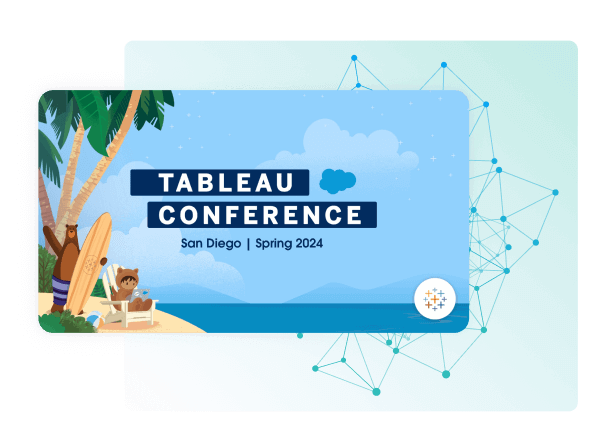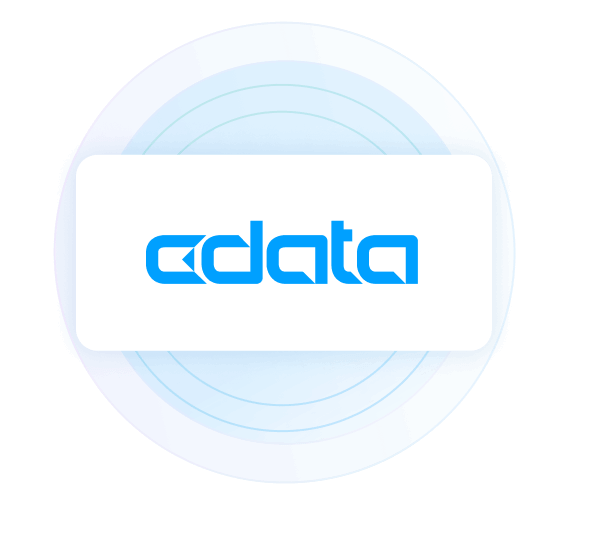Discover how a bimodal integration strategy can address the major data management challenges facing your organization today.
Get the Report →Query Odoo Data from Node.js
The API Server exposes Web services that allow connectivity to your data. Use the OData endpoint of the CData API Server to execute CRUD queries to Odoo data from Node.js.
The CData API Server, when paired with the ADO.NET Provider for Odoo, exposes Odoo data (or data from any of 200+ other ADO.NET Providers) as an OData endpoint, which can be queried from Node.js using simple HTTP requests. This article shows how to use the API Server to request JSON-formatted Odoo data in Node.js.
Set Up the API Server
Follow the steps below to begin producing secure Odoo OData services:
Deploy
The API Server runs on your own server. On Windows, you can deploy using the stand-alone server or IIS. On a Java servlet container, drop in the API Server WAR file. See the help documentation for more information and how-tos.
The API Server is also easy to deploy on Microsoft Azure, Amazon EC2, and Heroku.
Connect to Odoo
After you deploy the API Server and the ADO.NET Provider for Odoo, provide authentication values and other connection properties needed to connect to Odoo by clicking Settings -> Connections and adding a new connection in the API Server administration console.
To connect, set the Url to a valid Odoo site, User and Password to the connection details of the user you are connecting with, and Database to the Odoo database.
You can then choose the Odoo entities you want to allow the API Server access to by clicking Settings -> Resources.
Authorize API Server Users
After determining the OData services you want to produce, authorize users by clicking Settings -> Users. The API Server uses authtoken-based authentication and supports the major authentication schemes. Access can also be restricted based on IP address; all IP addresses except the local machine are restricted by default. You can authenticate as well as encrypt connections with SSL.
Consume Odoo OData Feeds from Node.js
OData feeds are easy to work with in Node.js. You can use the HTTP client in Node.js to request JSON-formatted data from the API Server's OData endpoint. After making the request, you can construct the body of the response and call the JSON.parse() function to parse it into records.
The code below will make an authenticated request for res_users data. The example URL below applies a simple filter that searches for records with a value of 1 in the id column.
var http = require('http');
http.get({
protocol: "http:",
hostname: "MyServer.com",
port: MyPort,
path: "/api.rsc/res_users?$filter=" + encodeURIComponent("id eq '1'"),
auth: 'MyUser:MyAuthtoken'
},
function(res) {
var body = '';
res.on('data', function(chunk) {
body += chunk;
});
res.on('end', function() {
console.log(body);
var jsonData = JSON.parse(body);
});
}).on('error', function(e) {
console.log("Error: ", e);
});






